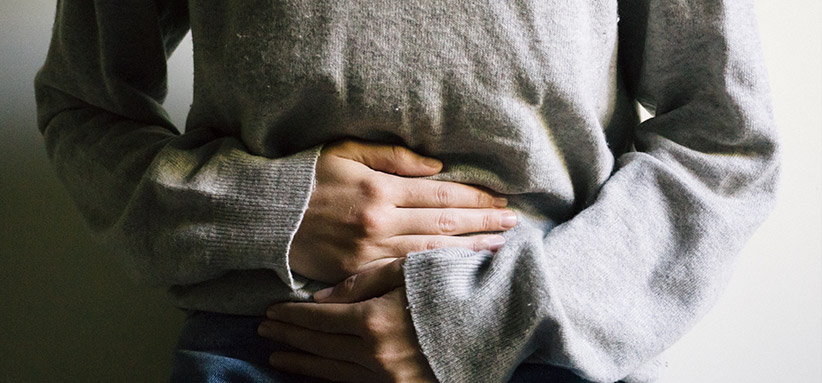Urinary incontinence, or urinary leakage, is the involuntary loss of any amount of urine. Although it is often associated with aging or childbirth, it can also affect women and men of all ages. Perineal and pelvic rehabilitation through physiotherapy is the most effective way to treat urinary incontinence.

What are the types of urinary incontinence?
There are 3 main types of urinary incontinence:
Stress incontinence is the involuntary loss of urine when the pressure in the bladder exceeds the closing pressure of the urethra, for example during coughing or jumping, without contraction of the bladder muscle.
Urge incontinence is the involuntary loss of urine as a result of the contraction of the bladder muscle. You might feel an urgent need to urinate, such as when you laugh, hear the sound of running water, or even unlock the front door on your way home.
Mixed incontinence is a combination of the previous two conditions and occurs more frequently with age.
What are the causes of urinary incontinence?
The most common cause of urinary incontinence is weakness in the muscles of the pelvic floor, a group of muscles located at the base of the pelvis, between the pubis and the coccyx.
Several risk factors exist, including:
- Pregnancy and childbirth
- Chronic cough
- Chronic constipation
- Being overweight or obese
- Activities or work with repeated heavy lifting
- Abdominal-pelvic surgery
- Hormonal changes related to menopause
How is urinary incontinence treated?
Expert tip: How do you know if Kegel exercises are right for you?
Kegel exercises are known to strengthen the pelvic floor muscles. These are good exercises, but are targeted at women with actual muscle weakness that requires strengthening. Some women may instead have hypertonic (too tight) muscles that need to be relaxed and stretched. Kegel exercises must also be performed correctly in order to be effective, which is more difficult than you might think. Ideally, you should consult a physiotherapist in perineal and pelvic rehabilitation who will advise you about the exercises suitable for you and teach you how to perform them properly.
Perineal and pelvic rehabilitation
Perineal and pelvic rehabilitation is the most effective way to treat urinary incontinence. This treatment should be considered before any other form of medical or pharmacological intervention.
After a detailed assessment of your condition, your physiotherapist will teach you some exercises to rehabilitate the pelvic floor’s endurance, strength, coordination and/or flexibility. You will also receive personalized advice to reduce, or even eliminate, your symptoms to regain your quality of life.


